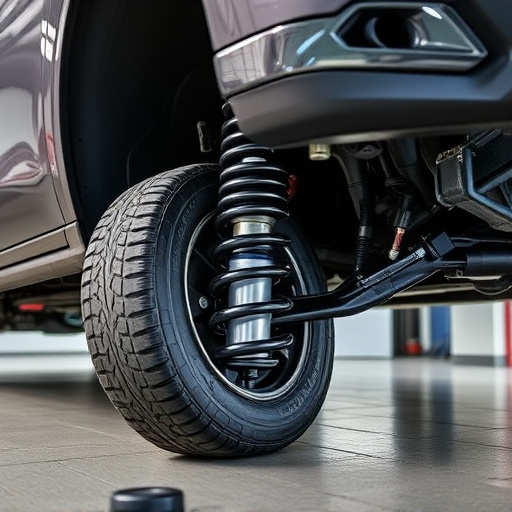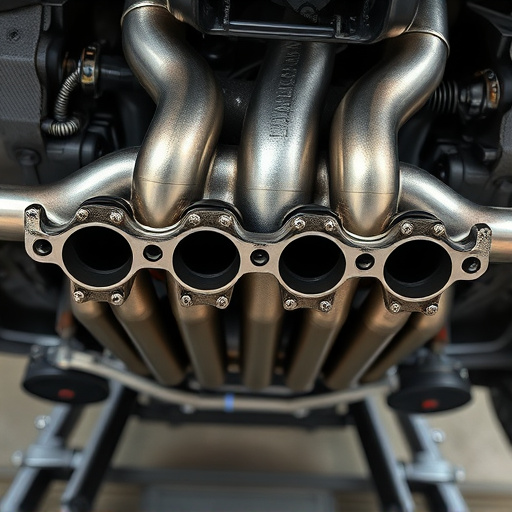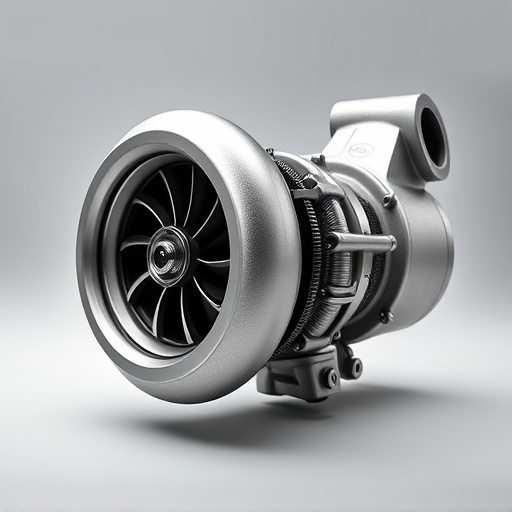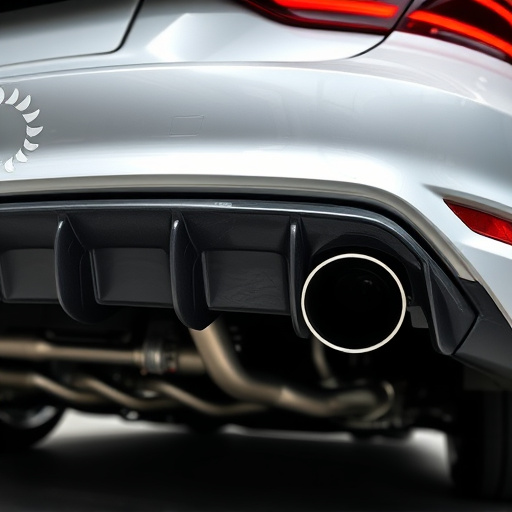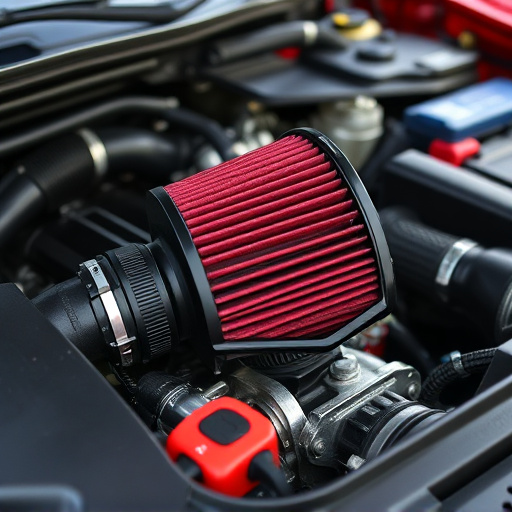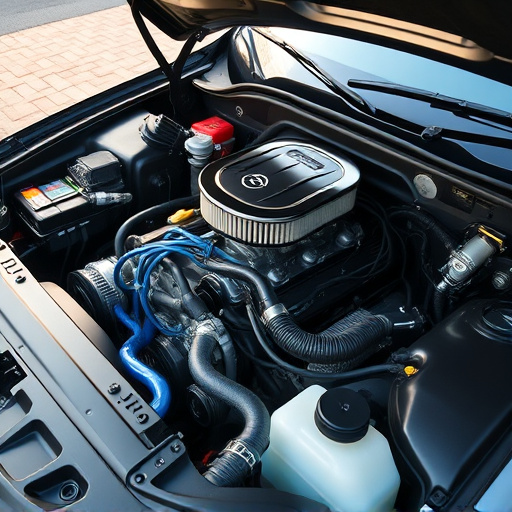Brake pads and rotors, critical for vehicle safety, transform kinetic energy into heat during braking. Organic pads offer cost-effectiveness and quiet operation for everyday driving, while steel pads provide superior durability but squeal when worn. Well-maintained rotors ensure consistent, powerful braking, enhancing control. Optimizing intake components with high-quality brake pads and rotors improves performance brakes, boosting safety and the driving experience by reducing stopping distances and minimizing accident risks. Regular inspection is crucial for maintaining optimal vehicle performance. The choice of pads and rotors impacts braking performance, with various materials offering unique benefits based on heat resistance, dust reduction, and noise levels.
Brake pads and rotors are pivotal components that dictate your vehicle’s stopping power and handling dynamics. This article delves into the intricate relationship between these parts, exploring their roles in enhancing performance. We’ll dissect the science behind brake pads—their materials, wear patterns, and types—and analyze how brake rotors influence braking efficiency through heat management and design variations. Understanding this interplay is key to ensuring optimal vehicle control and safety on the road.
- Understanding Brake Pads: Their Role and Types
- – Definition and function of brake pads
- – Different materials and their effects on braking performance
Understanding Brake Pads: Their Role and Types
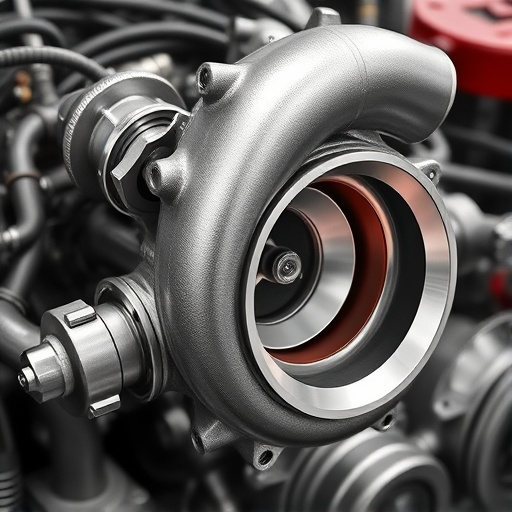
Brake pads play a pivotal role in vehicle safety, acting as critical components within the braking system. Their primary function is to transform kinetic energy into heat during braking, effectively slowing or stopping the vehicle. Brake pads come in various types catering to different driving needs and preferences. Organic brake pads are commonly used due to their cost-effectiveness and quiet operation, making them ideal for everyday driving. Steel brake pads, on the other hand, offer superior durability and performance in demanding conditions, but they tend to produce a distinct squealing sound when worn out.
Understanding the types of brake pads is essential for optimizing vehicle performance, especially when considering performance brakes. Beyond brake pads, the condition of rotors also significantly impacts braking efficiency. Rotors, or brake discs, are the circular metal components that the brake pads press against to slow down the wheel’s rotation. Well-maintained rotors ensure consistent and powerful braking, enhancing overall vehicle control. When intake components like air filters and fuel systems are optimized in conjunction with top-quality brake pads and rotors, a vehicle can achieve optimal performance brakes, resulting in improved safety and driving experience.
– Definition and function of brake pads
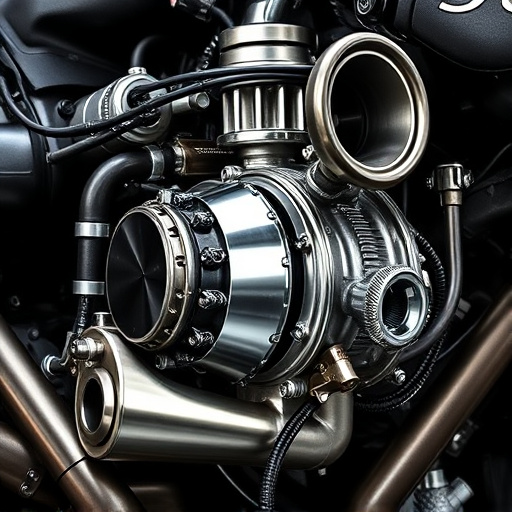
Brake pads are crucial components in a vehicle’s braking system, responsible for converting kinetic energy into heat during the process of slowing or stopping the car. They work in conjunction with brake rotors to provide maximum control and stability when applying the brakes. When the driver presses on the brake pedal, hydraulic pressure is applied to the pads, pushing them against the rotor, creating friction that slows down the wheel’s rotation.
The performance of a vehicle heavily relies on the condition and efficiency of its brake pads and rotors. High-quality, well-maintained pads and rotors ensure precise braking power, reducing stopping distances and enhancing overall safety. Conversely, worn or outdated pads can lead to decreased braking effectiveness, which may compromise control and increase the risk of accidents, especially in adverse driving conditions. Much like other essential components, regular inspection and timely replacement of brake pads are vital for maintaining optimal vehicle performance, including efficient air intake systems and performance exhaust, as well as ensuring smooth operation of other critical parts like intake components.
– Different materials and their effects on braking performance
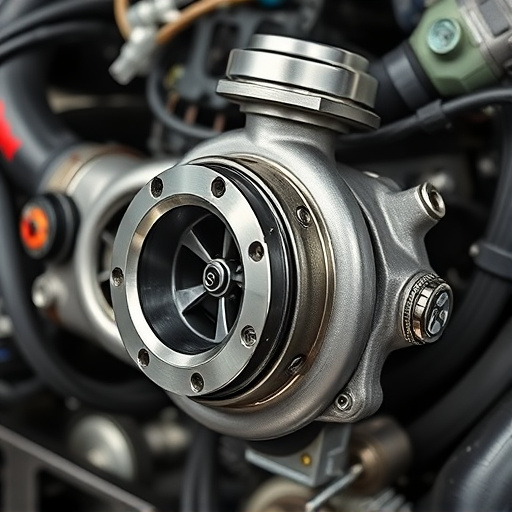
The choice of brake pads and rotors significantly influences a vehicle’s braking performance. Brake pads, typically made from organic, semi-metallic, or ceramic materials, offer distinct advantages. Organic pads, for instance, provide excellent resistance to heat buildup and quiet operation, making them ideal for daily drivers. Semi-metallic pads, with their higher metal content, offer superior strength and reduced dust formation, suitable for high-performance vehicles. Ceramic pads, known for their low dusting and minimal noise, provide a balance between these two.
Rotors, the disc component of the braking system, also contribute to performance brakes. They are commonly crafted from cast iron or steel. Cast iron rotors excel in heat dissipation, ensuring consistent braking power during extended use. Steel rotors, on the other hand, offer superior strength and corrosion resistance, often featuring a performance exhaust finish for enhanced heat tolerance. The interplay between pads and rotors is crucial, as they work together to maximize stopping distance and maintain control, especially under demanding driving conditions.
Brake pads and rotors are integral components that significantly impact a vehicle’s overall performance and safety. By understanding the role of each and choosing the right materials, drivers can ensure optimal braking efficiency, improved control, and enhanced vehicle longevity. Investing in quality brake pads and maintaining healthy rotors is a crucial step towards safe and efficient driving experiences.








